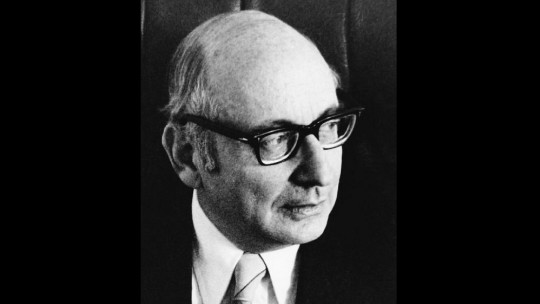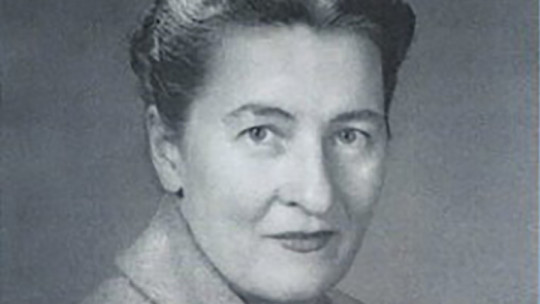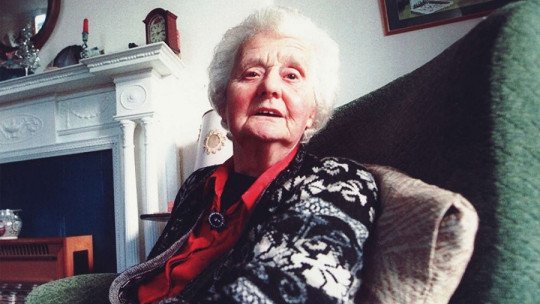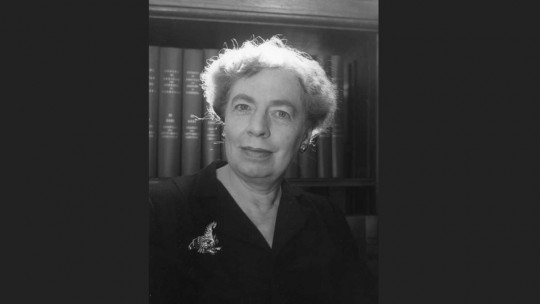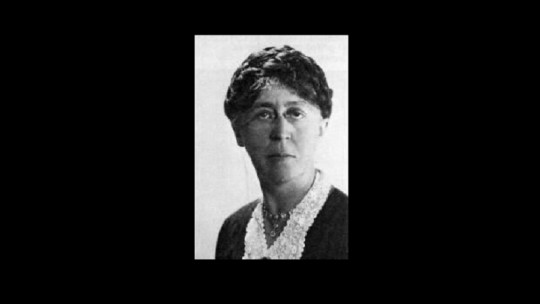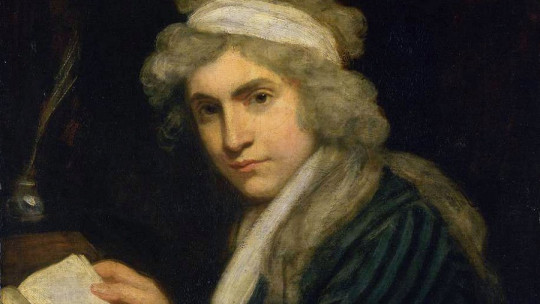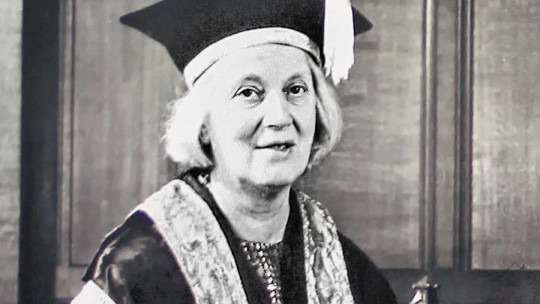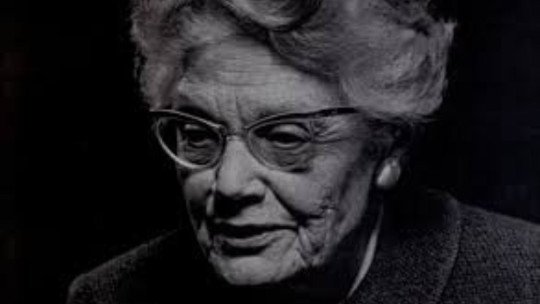
This is what Joseph Wolpe (1915-1997), a South African psychiatrist, called it in the 1970s. The name is not gratuitous: Mary Cover Jones made, during her long career, very important contributions to behavioral therapy. Generally, her work has been overly related to that of her research partner and mentor, JB Watson (1878-1858), but, in reality, Mary gradually distanced herself from this psychologist’s guidance and followed her own. way to her.
In today’s article we talk to you about the psychologist specialized in developmental psychology who promoted the technique known as systematic desensitization to treat childhood phobias, Mary Cover Jones.
Brief biography of Mary Cover Jones, the “mother of behavior therapy”
Her long life (she died at almost ninety-one years old) and her extensive career led Mary Cover Jones, known as the “mother of behavior therapy,” to provide valuable knowledge in developmental psychology. His numerous investigations in the field of childhood fears have greatly facilitated the understanding of phobias at this very early stage of the human being. The Elimination of Children’s Fears, published in 1924, was his first work, as well as the foundation stone for his later work.
The talk that marked his future
Mary Cover Jones was born in Johnstown, Pennsylvania (USA) on September 1, 1897. From a very young age she was attracted to psychology, and in 1915 she entered Vassar College, a private institution founded in 1861 that only admitted women. Four years later, in 1919, Mary graduated in Psychology.
The same year he graduated, he attended a weekend talk that would mark his future. Psychologist J. B Watson came to New York to talk about the experiment he was carrying out with a boy named Little Albert (his true identity remains a mystery). His research partner, as well as his exhibition partner, was Rosalie Rayner (1898-1935), a friend of Mary herself.
Little Albert
What was the experiment? Watson and Rayner wanted to test whether phobias can be induced. To do this, they did not hesitate to “record” fears in little Albert’s mind and observe his reactions. The procedure consisted of showing the child (only 11 months old) an animal, accompanied by a loud noise. Previously, it had been proven that little Albert was not afraid of animals, but he was afraid of noise. The idea was to find out if, by showing the child both stimuli, they could make him fear the animal directly.
As we can see, the experiment was of more than dubious ethics, and today it would be completely prohibited. However, at the beginning of the 20th century, psychology was a science yet to be developed, and any research with satisfactory results was welcome.
Mary Cover Jones was very impressed with the experiment, and it was then that she decided that she would dedicate herself to studying children’s behavior related to fears. In this sense, it was very valuable for his career that Watson agreed to be his mentor, since this psychologist was the one who had formulated the behaviorist theory, which would later become so popular.
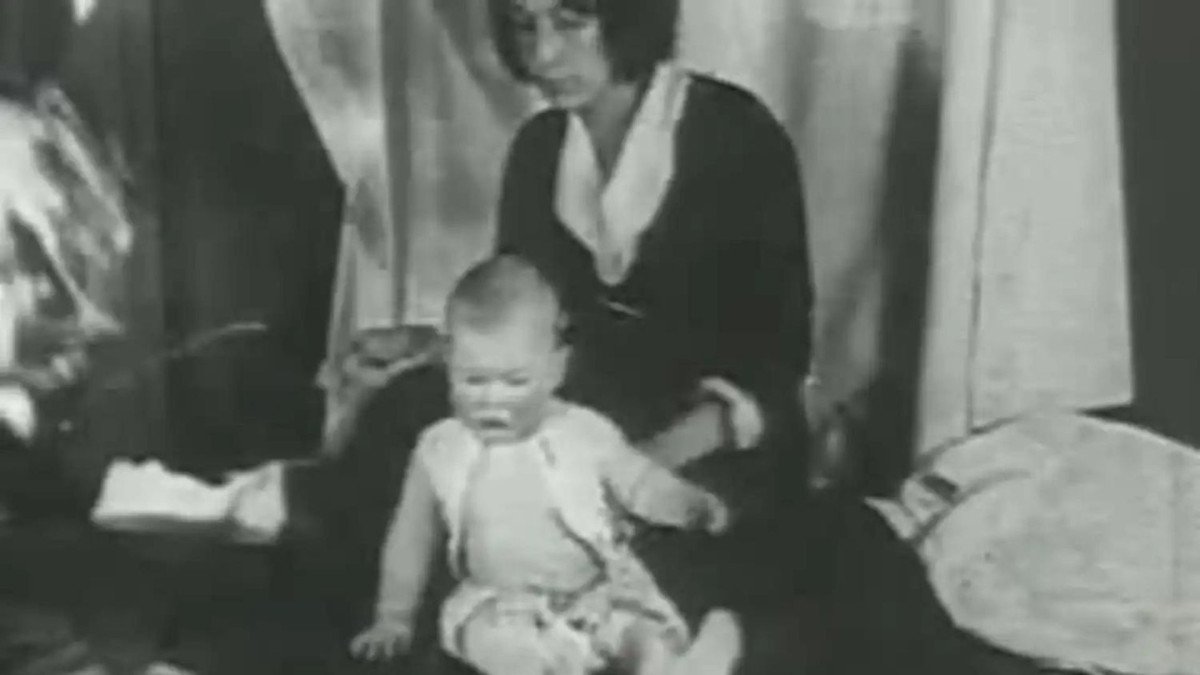
Free children from fear
Determined to direct her steps through behaviorism, and guided by Watson, Mary completed her postgraduate degree at Columbia University in 1920. Later she decided to obtain a doctorate, an undertaking that was not easy for her: her first two works, Elimination of Children’s Fears and A Laboratory Study of Fear, both from 1924, are not accepted by the university’s doctoral committee. Two years later, in 1926, Mary finally managed to obtain a doctorate with her splendid work The Development of Early Behavior Patterns in Young Children, where she studied how behavioral patterns are formed in early childhood.
Jones’s main interest was to successfully eliminate childhood phobias. To do this, he put into practice 7 methods, of which only two were satisfactory: social imitation and direct conditioning. We detail them all below:
Peter and the rabbit
One of Mary Cover Jones’s most famous experiments in this sense was the one she carried out with a boy named Peter, who had a considerable fear of certain animals such as rabbits or mice, as well as objects that had a specific feel (hats). feathers, cotton…).
For Peter’s case, Mary chose a combination of the two successful methods: direct conditioning and social imitation. Thus, while Peter was eating in his high chair, a rabbit was arranged in the same room. As the anxious symptoms decreased, the animal gradually approached the child. On the other hand, social imitation was carried out by making Peter see how Barbara, a girl his age, held a rat in her hands without feeling any fear.
As a result, Peter gradually lost his fear of phobic stimuli; Not only did he tolerate having a rabbit nearby, but he even ate with the animal nestled on his legs, and even petted it. A complete success.
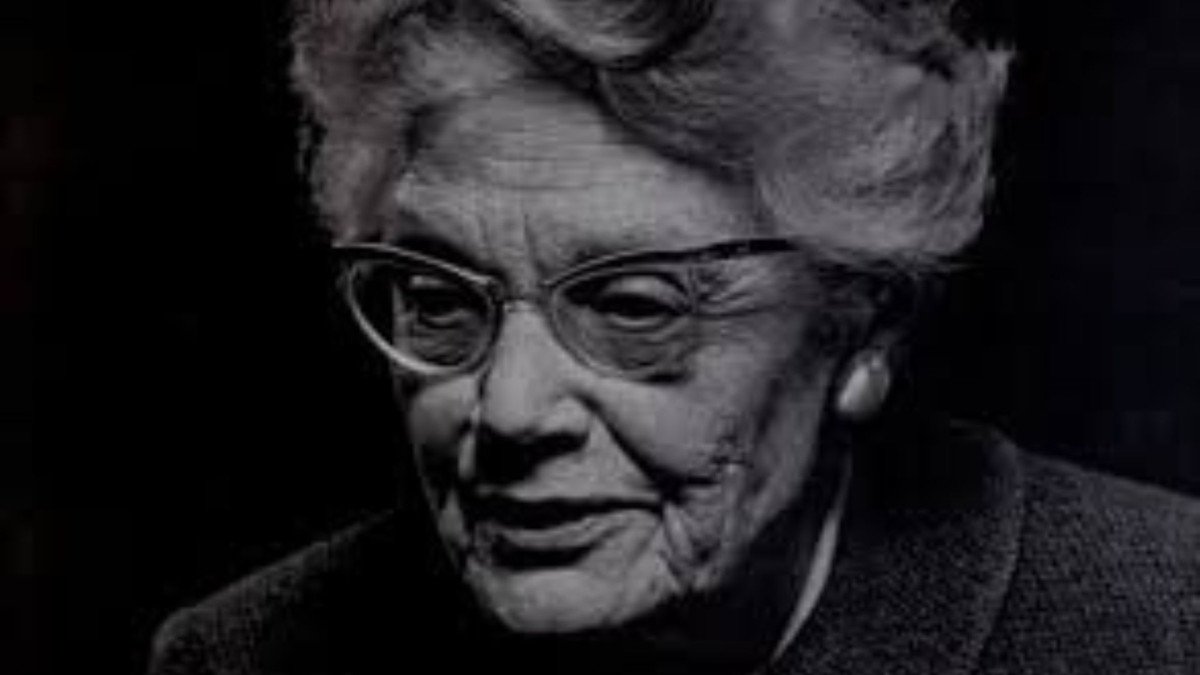
A huge legacy
Although, in the beginning, Mary was very close to her mentor’s theories, little by little her ideas began to separate from Watson’s. Her contributions to behavioral psychology have allowed these methods to be used to treat anxiety disorders, especially those related to phobias, with very good results.
In 1968, Jones received an outstanding award from the APA (American Psychological Association), an entity to which she belonged and of which she was president of section 35. Previously, in 1952, Mary and her husband, psychologist Harold Jones, had produced what would be the first television contest based on child psychology.
Jones’ main contribution to psychology is systematic desensitization (SD), which is based on the idea that, to overcome a phobia, it is necessary to face discomfort rather than avoid it. At the moment, Many therapies focused on managing anxiety are based on this idea and train the patient to learn to manage it and thus reduce or eliminate the impact of the phobic stimulus.

